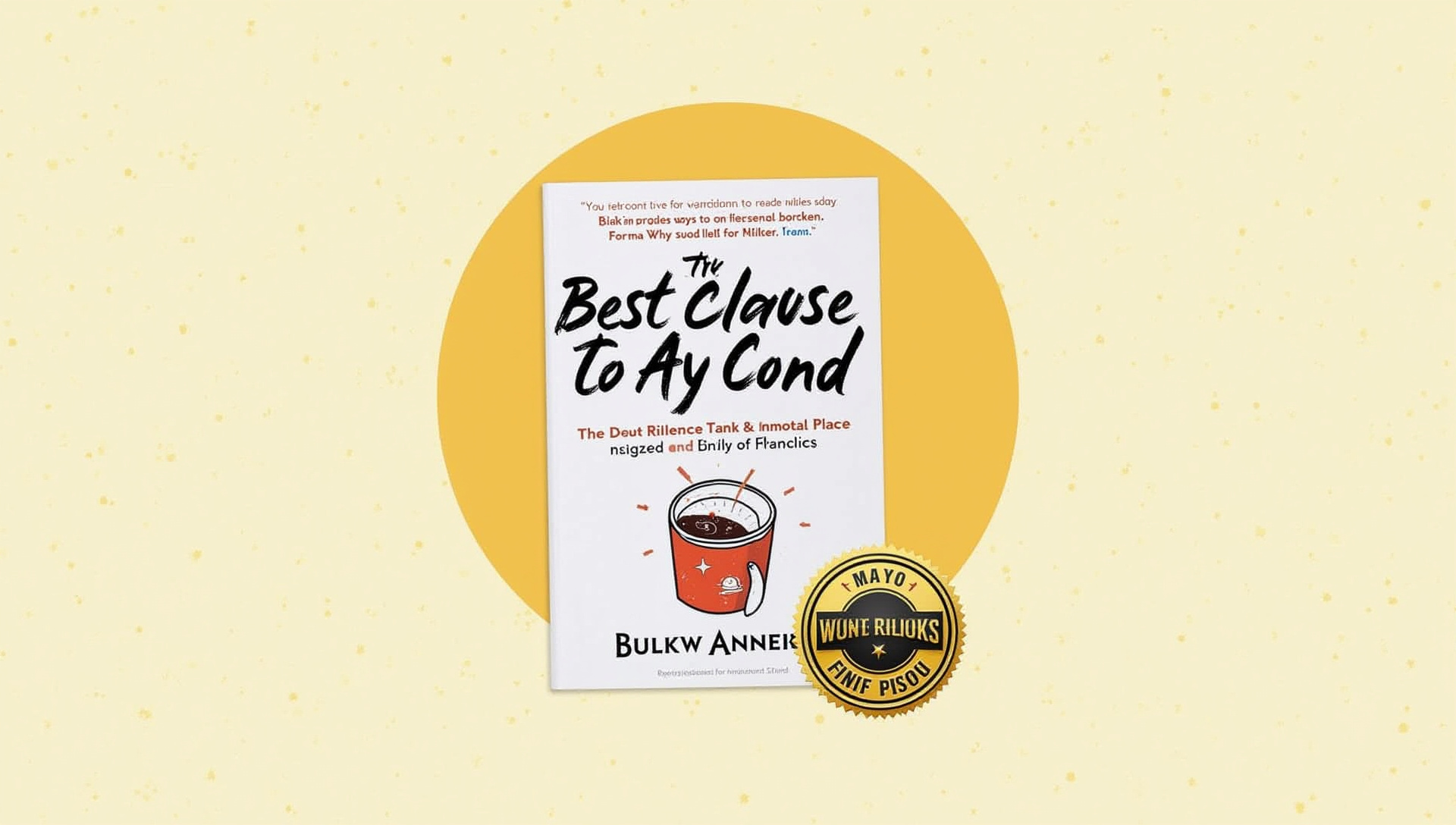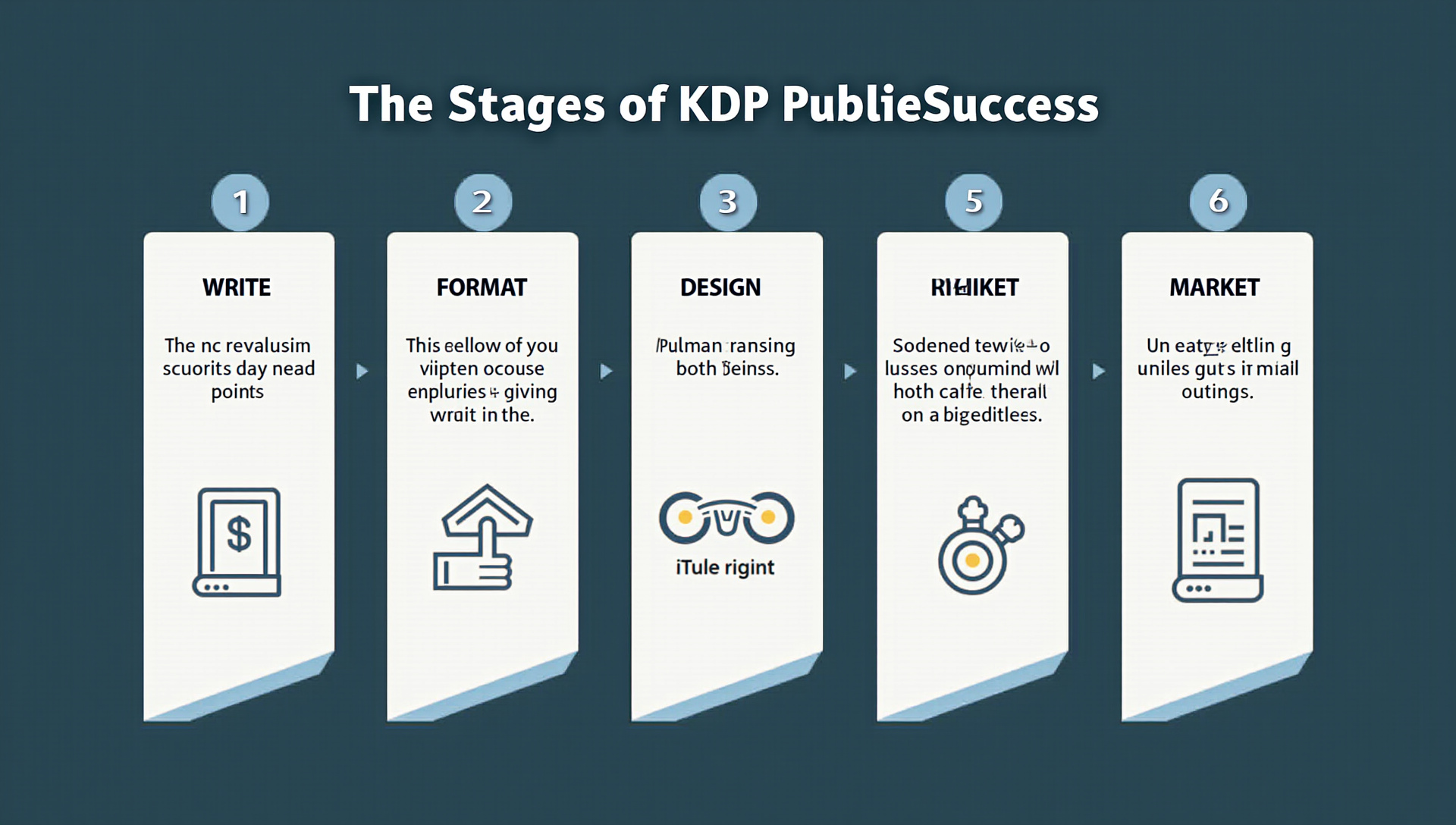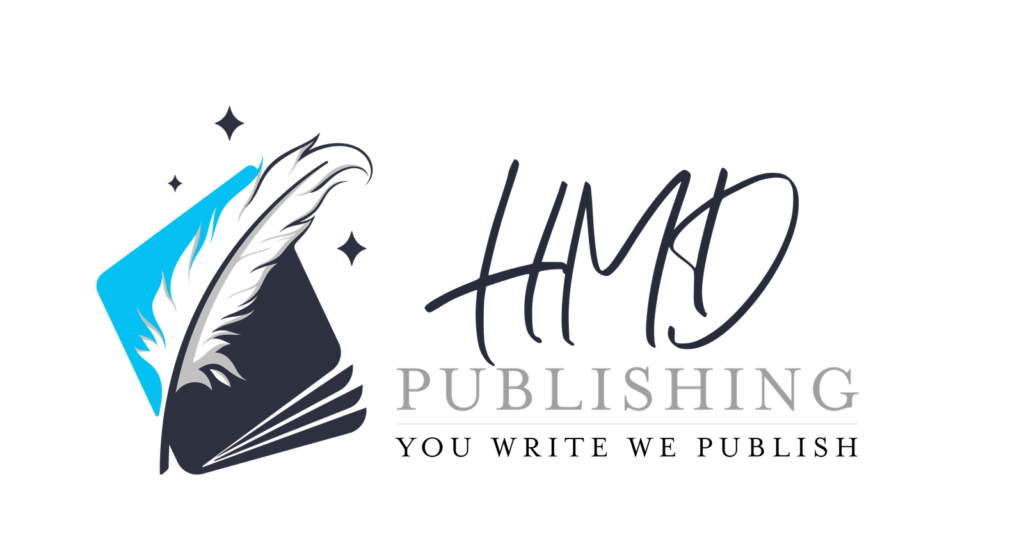Amazon’s KDP (Kindle Direct Publishing) platform has revolutionized the book-publishing landscape, enabling authors worldwide to share their work without traditional gatekeepers. This indie-author guide cuts through the complexity of amazon-self-publishing, providing you with proven book-publishing strategies that transform manuscripts into profitable, professionally published books.
The KDP Revolution: How Amazon Changed the Publishing Game Forever
The self-publishing industry has exploded into a $1.25 billion market in 2023, with Amazon claiming an impressive 80% market share. This digital revolution has democratized publishing, allowing authors to bypass traditional publishers while keeping significantly higher royalties.
Success stories like Mark Dawson and LJ Ross showcase the life-changing potential of KDP publishing. These authors have built seven-figure careers through strategic use of Amazon’s self-publishing ecosystem, proving that independent publishing is a legitimate path to writing success.

Setting Up Your KDP Account: Beyond the Basics
Creating your KDP account requires more than just filling out a form. You’ll need to provide detailed tax information, set up payment methods, and complete the verification process to ensure your account is secure and ready for business.
The KDP account setup process includes implementing 2-step verification for enhanced security. I recommend immediately creating your Author Central profile after account verification to maximize your book’s discoverability and create a professional author presence.
Your Author Central profile works as your author hub on Amazon, allowing you to track sales, manage your author biography, and connect with readers. Take time to optimize your Amazon author presence with professional photos, compelling bios, and links to your social media platforms.
Manuscript Formatting Mastery: From Word to Kindle-Ready
Getting your manuscript properly formatted for Kindle is crucial to avoiding rejection during the quality review process. Current KDP formatting requirements (2024) specify standard margins, spacing, and page sizes that ensure your book displays correctly across all devices.
Common formatting errors include inconsistent paragraph indentation, improper chapter breaks, and embedded fonts that don’t convert properly. These technical issues can trigger quality review flags that delay your publication or cause reader complaints about your book’s presentation.
When choosing formatting tools, you have several options at different price points. Atticus ($147) offers a cost-effective alternative to Vellum ($249), while Kindle Create is free but more limited in customization options.

Cover Design That Sells: Professional Standards Without the Professional Price Tag
Your cover must meet KDP’s technical requirements of 2,560 x 1,600 pixels with a height/width ratio of 1.6. Beyond specifications, your cover needs to instantly communicate genre, tone, and professionalism to potential readers scrolling through thousands of options.
Different genres have specific visual languages that readers unconsciously recognize. Romance covers typically feature couples or emotional imagery, while thrillers often use dark colors with high contrast and bold typography.
For DIY design, Canva Pro offers templates specifically for book covers, while BookBrush includes more publishing-specific features. Pre-made covers ($50-$150) provide a budget-friendly alternative to custom designs ($300-$800) while still maintaining professional standards.
Metadata Magic: Titles, Subtitles and Descriptions That Drive Discoverability
Your book’s metadata is the foundation of its discoverability on Amazon. Effective book-marketing begins with thorough keyword research using tools like Publisher Rocket to identify high-traffic, low-competition terms relevant to your book’s content.
A/B testing data shows that optimized book descriptions can improve conversion rates by 25-40%. Your description should open with a hook, include strategic keywords, and end with a clear call-to-action that compels readers to buy.
Category selection is equally critical for visibility. Books can appear in up to 10 categories, and strategic selection can dramatically increase your chances of earning bestseller status in specialized niches with less competition.
Pricing and Royalty Strategies: Maximizing Your Publishing Revenue
Understanding KDP’s royalty structures is essential for maximizing your income. The 35% royalty option applies to books priced below $2.99 or above $9.99, while the 70% royalty is available for books priced between $2.99-$9.99.
Pricing sweet spots vary by genre based on 2023-2024 market data. Fiction generally performs best at $4.99 for full-length novels, while non-fiction can command higher prices between $6.99-$9.99 depending on the value proposition.
The decision between KDP Select exclusivity and “going wide” to multiple platforms impacts your revenue potential. KDP Select offers benefits like Kindle Unlimited page reads and promotional tools, but restricts your ability to sell on other platforms.

KDP Marketing Essentials: From Launch to Longevity
A successful book launch begins 90 days before publication with a strategic timeline. This pre-launch period should include building your mailing list, securing reviews, and creating buzz through social media and your existing platform.
Amazon Ads have become essential for visibility in the crowded Kindle store. Current effective bid strategies start around $0.30-$0.50 per click for fiction and $0.70-$1.00 for non-fiction, with successful campaigns maintaining an ACoS (Advertising Cost of Sale) under 70%.
Free promotion days, available through KDP Select, can dramatically boost visibility when timed correctly. The most effective strategy involves promoting your free days through book promotion newsletters like BookBub, Freebooksy, or Robin Reads to maximize downloads.
Advanced KDP Tactics: Paperback, Hardcover, and Audiobook Integration
Expanding beyond ebooks to paperbacks through KDP Print requires understanding specifications for trim sizes, bleed settings, and spine width calculations. Quality control is essential—always order proof copies to check for formatting issues, color accuracy, and overall print quality.
Hardcover editions, a relatively new KDP offering, provide a premium option for readers and higher profit margins for authors. The hardcover creation process mirrors paperback setup but requires different cover templates and typically commands prices 30-50% higher.
Integrating audiobook production through ACX (Audiobook Creation Exchange) completes your format lineup. Production costs range from $100-$400 per finished hour using royalty share options, or $250-$1000 per finished hour for outright payment to narrators.
Troubleshooting KDP: Solving Common Publishing Challenges
Content review problems commonly arise from formatting issues, copyright concerns, or content that violates Amazon’s guidelines. When facing quality flags, carefully review the specific error message and address each issue methodically before resubmitting.
Metadata mistakes can be corrected after publication, but changes may take 24-72 hours to appear on your book’s page. Major updates to published books can be made without losing reviews or rankings by using the “update” feature rather than creating a new edition.
Managing territorial rights becomes important as your publishing business grows. Some countries have specific content restrictions or tax implications that may affect your distribution strategy.
From Self-Published to Bestseller: Real-World Success Blueprint
Successful KDP authors like L.J. Ross, Mark Dawson, and Joanna Penn share common strategies despite working in different genres. These include consistent production schedules, focused genre targeting, and building direct reader relationships through newsletters and social media.
Realistic income projections vary widely, but data suggests most successful authors see significant growth after publishing 3-5 books in the same series or genre. Building a sustainable career requires thinking beyond single book launches to creating a strategic publishing calendar with regular releases.
Your KDP Launch Checklist: Taking Action Today
Before hitting publish, run through this comprehensive quality assurance checklist: proofread final manuscript, verify formatting on multiple devices, check metadata for keyword optimization, and ensure all links in your book work correctly. Having this systematic approach prevents common launch problems that can damage your book’s performance.
On launch day, focus on activating your pre-launch subscribers, initiating your Amazon Ads campaigns, and engaging with your audience on social media. Follow this with a 30-60-90 day post-launch schedule that includes promotional price drops, newsletter features, and ongoing content marketing to maintain momentum.
Key Takeaways
Success in KDP publishing comes from treating your books as products in a competitive marketplace. Focus on professional presentation, strategic metadata, smart pricing, and consistent marketing rather than hoping for overnight success.
The most successful indie authors build careers book by book, learning and optimizing their approach with each release. By following the strategies outlined in this guide, you’ll avoid common pitfalls and position yourself for long-term success in the dynamic world of amazon self-publishing.




